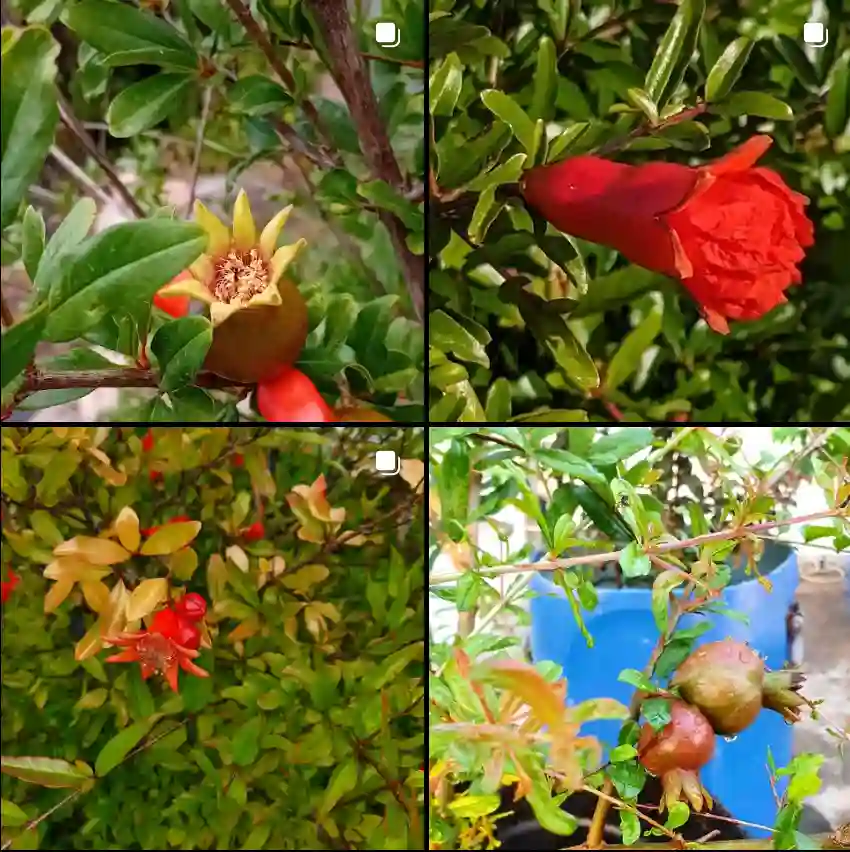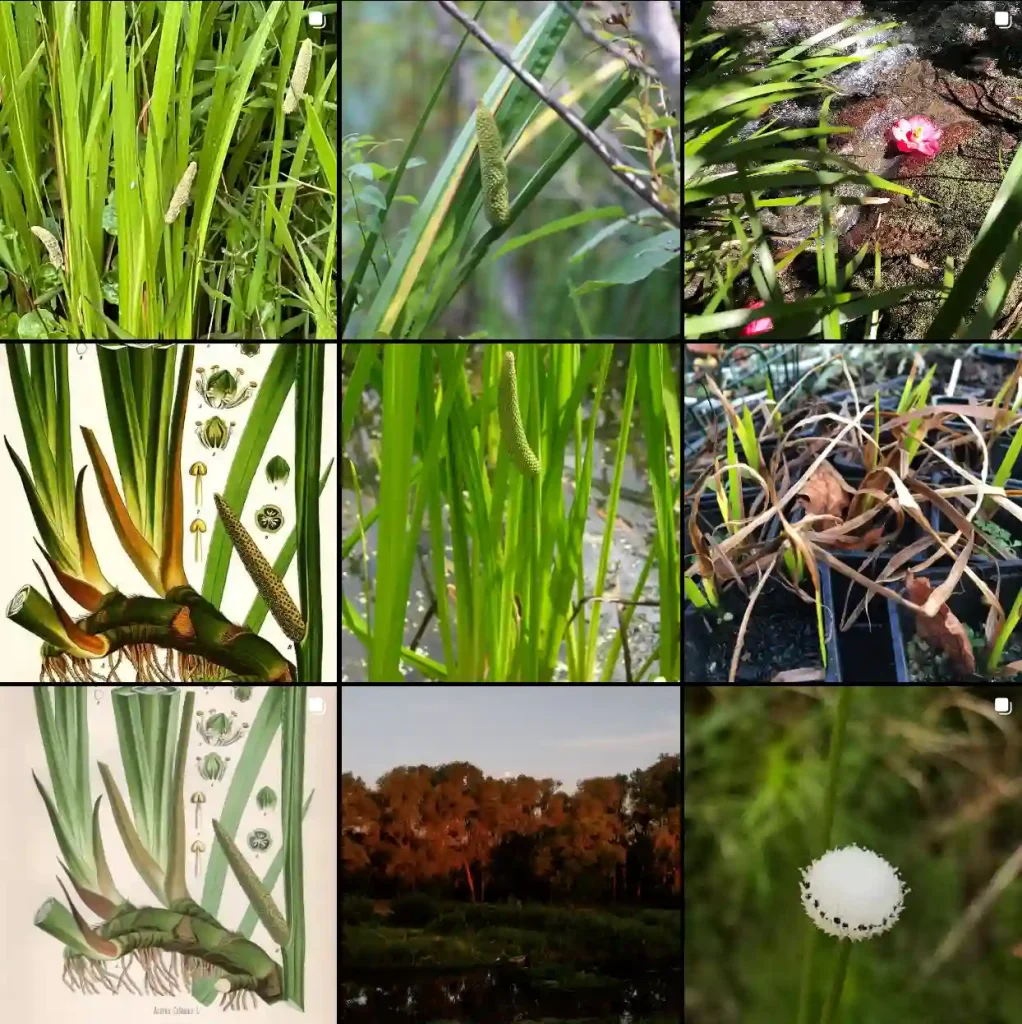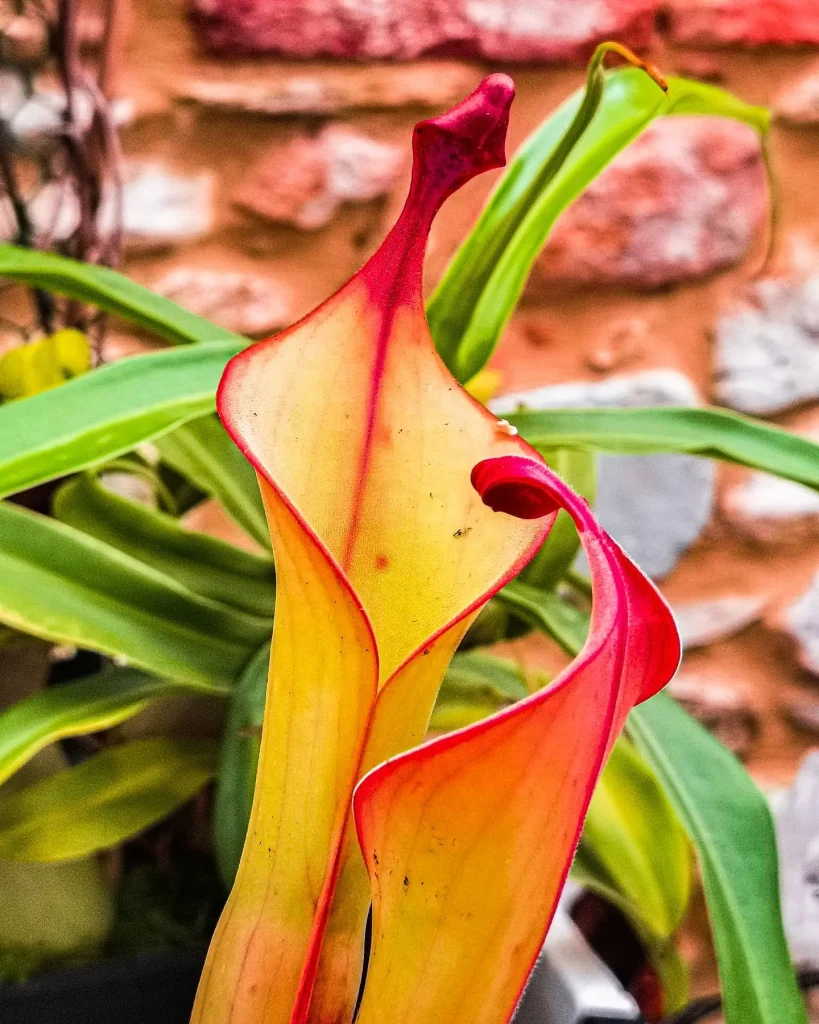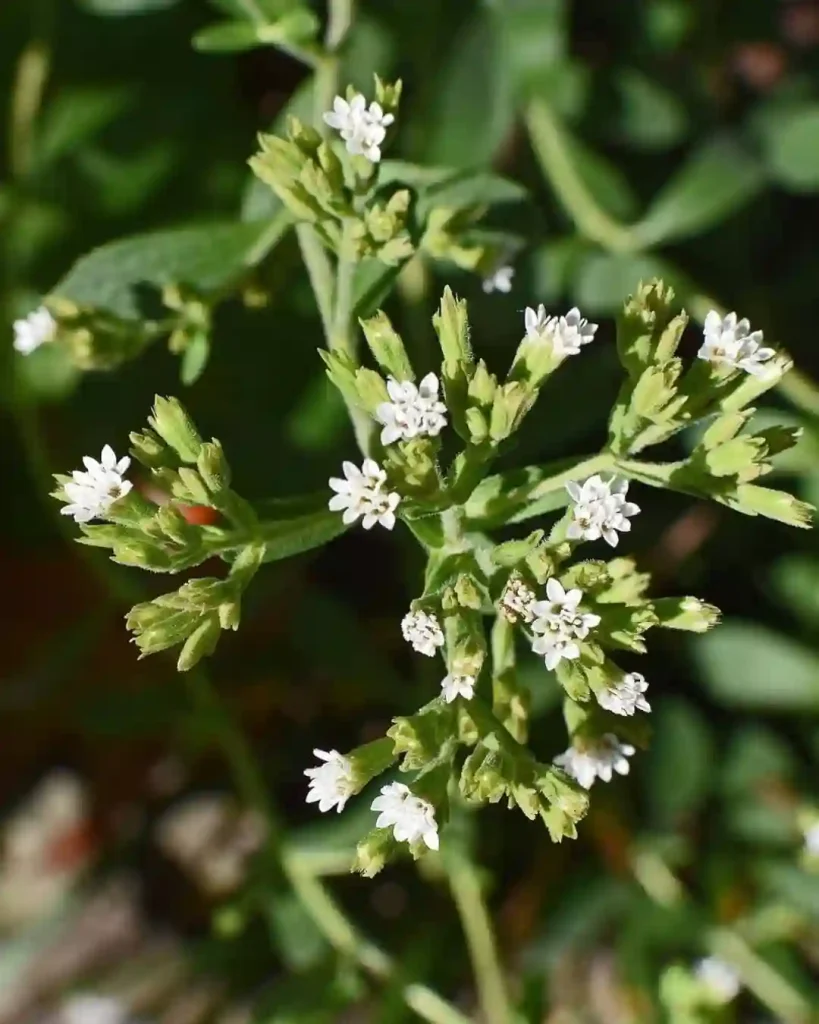The Charm of Hepatica: A Personal Reflection
My name is Ferb Vu, and I’ve always been drawn to the subtle beauty of wildflowers. There’s something about their resilience, their ability to thrive in the most unexpected places, that speaks to me. Among my favorites is the Hepatica genus, a group of unassuming yet captivating plants that herald the arrival of spring.
Hepatica, also known as liverleaf or liverwort, belongs to the buttercup family, Ranunculaceae. The name “Hepatica” originates from the Greek word “hepar,” meaning “liver,” referring to the three-lobed leaves that resemble the shape of a human liver. This resemblance led to the belief, in the doctrine of signatures, that these plants could be used to treat liver ailments. While modern medicine has debunked this notion, the name persists as a reminder of our ancestors’ attempts to understand the natural world.
These delicate perennials are typically found in the temperate regions of the Northern Hemisphere, gracing woodland floors with their presence. They prefer the cool shade of deciduous trees, where they can soak up the dappled sunlight that filters through the canopy. I often find myself wandering through these tranquil woodlands, searching for the first signs of Hepatica blooms. It’s a treasure hunt of sorts, a quest to witness the awakening of these tiny wonders.
A Tapestry of Species
The Hepatica genus boasts a variety of species, each with its unique charm:
- Hepatica nobilis: This species, commonly known as common hepatica, is widespread across Europe and parts of Asia. It typically has blue or purple flowers, although pink and white varieties also exist. I recall encountering a patch of H. nobilis in a Swiss forest, their vibrant blue blossoms contrasting beautifully with the muted browns of the leaf litter. Plant FAQs: Hepatica Nobilis – Liverwort – Liverleaf
- Hepatica transsilvanica: Native to the Carpathian Mountains, this species is distinguished by its larger flowers and leaves. It’s a more robust plant, capable of tolerating a wider range of conditions.
- Hepatica americana: Another North American native, this species is characterized by its rounded leaf lobes and hairy stems. It’s a common sight in the eastern United States, where it thrives in rich, moist woodlands.
- Hepatica asiatica Nakai
- Hepatica falconeri (Thomson) Steward
- Hepatica henryi (Oliv.) Steward
- Hepatica insularis Nakai
- Hepatica maxima (Nakai) Nakai
- Hepatica × media Simonk.
A Symbol of Resilience
What fascinates me most about Hepatica is its resilience. These plants emerge early in the spring, often while snow still lingers on the ground. They brave the chilly temperatures and unpredictable weather, their delicate blooms a symbol of hope and renewal. Their ability to thrive in seemingly harsh conditions is a reminder that even the smallest and most delicate creatures can possess incredible strength.
Hepatica also plays a vital role in the ecosystem. Their early blooms provide a crucial source of nectar for pollinators, such as bees and butterflies, that emerge from hibernation hungry and in need of sustenance. In this way, Hepatica contributes to the intricate web of life, supporting the creatures that help maintain the balance of our natural world.
A Source of Inspiration
For me, Hepatica represents more than just a beautiful flower. It’s a symbol of perseverance, a reminder that beauty can be found even in the most unexpected places. Their ability to thrive in adversity, to bring color and life to the otherwise barren landscape, is a source of inspiration.
In a world that often feels chaotic and unpredictable, Hepatica offers a sense of calm and stability. Their presence in the early spring reminds us that life goes on, that even after the harshest winter, there is always the promise of renewal. It’s a message of hope, a testament to the enduring power of nature.
As I continue to explore the natural world, I’m sure I’ll encounter many more fascinating plants. But Hepatica will always hold a special place in my heart. Its subtle beauty, its resilience, and its role in the ecosystem make it a true marvel of nature.
If i die, water my plants!



